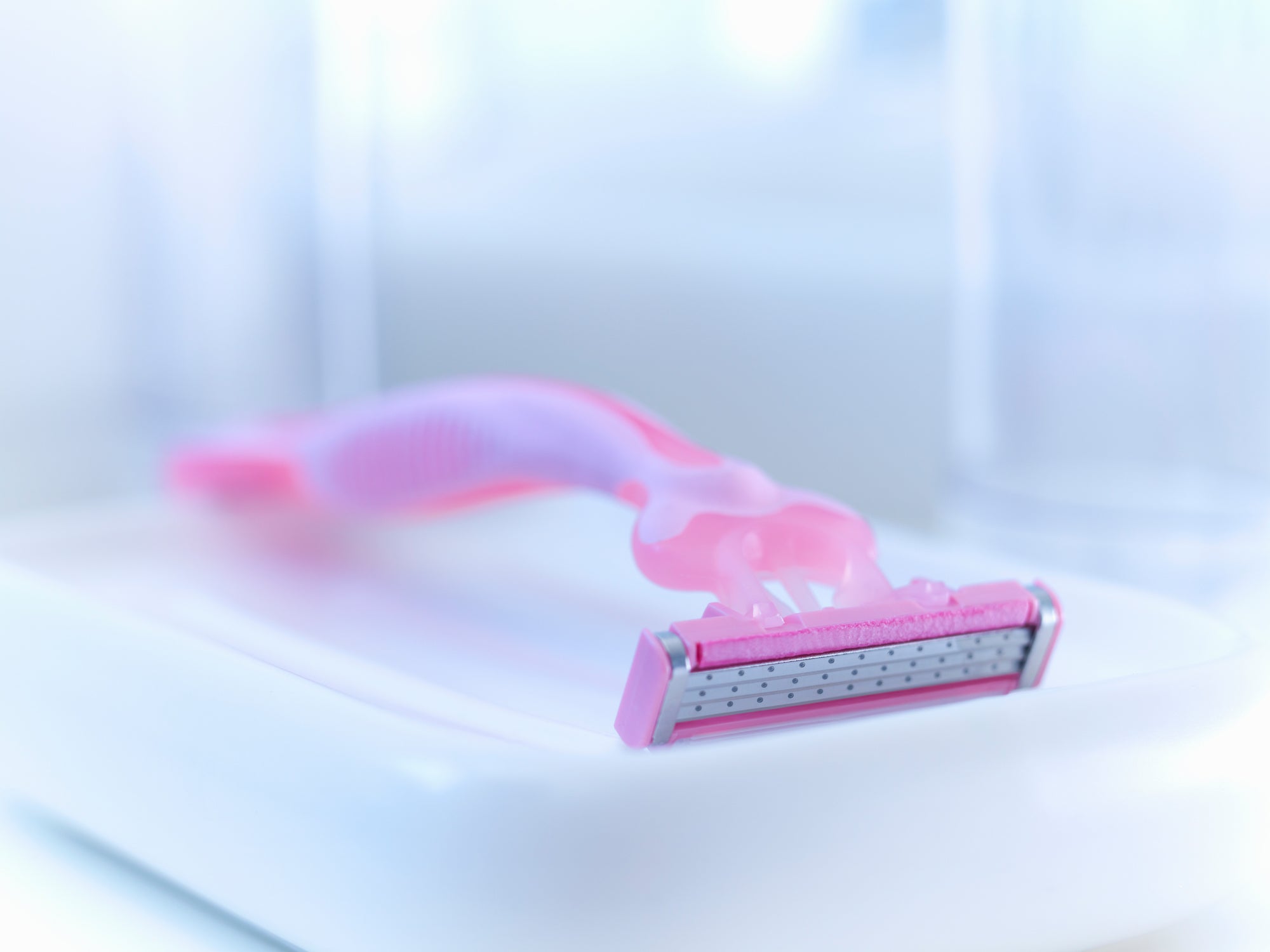
This article was originally published on InStyle.
Real talk: we can’t remember the last time we actually switched out our razor. Though some claim you should get a new one after roughly three to five uses, that number just doesn’t seem realistic to us—like, the moisturizing strip hasn’t even worn off by that point, not to mention the price both your wallet and the environment pay if you stick to that mindset. To clear things up once and for all, we spoke to Dr. Melissa Kanchanapoomi Levin, dermatologist at Marmur Medical and clinical instructor at Mount Sinai Icahn School of Medicine, who spoke to telltale ways your razor needs to be replaced.
First things first, let’s bust that myth about tossing your blade after three to five uses. “There is no set number of uses after which you need to change your razor. You should be doing so if you see any signs of rusting, dulling, tugging the hair, or nicking the skin,” she explains. “There are multiple factors that can impact this, including how often a woman shaves, where the razor is stored, and the post-care of the razor after shaving.” That being said, if you tend to shave every day, your blade will wear down quicker than that of someone who shaves once a week.
Hair on the thicker end of the spectrum will cause a blade to dull at a faster rate, but with proper care, it is possible to prolong the lifespan of your razor—even if it’s disposable. Although storing it in your shower seems like the easiest option, doing so can trigger rust or the accumulation of bacteria. Dr. Kanchanapomi Levin recommends completely rinsing it out with water after every use, then storing it in a dry place.
Additionally, shaving cream (hell, even a bar of soap or conditioner when you’re in a bind) is as helpful for reducing cuts as it is for keeping your blades pristine. “This helps to soften the hair, but allows the razor to have less friction when shaving,” says Dr. Kanchanapomi Levin, who recommends the Schick Intuition ($10; walmart.com) as an all-in-one option. Once that moisture strip wears down (which takes a few weeks for us) pay close attention to any discomfort caused by the blades. Your razor’s days are numbered if it starts tugging at an area, or just doesn’t seem to get your legs as smooth as it used to.